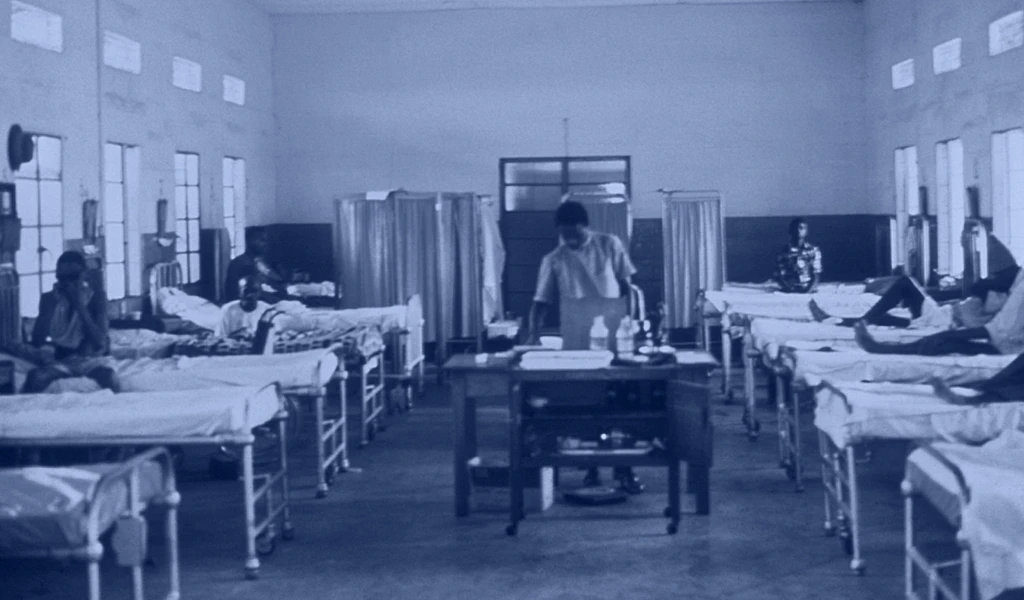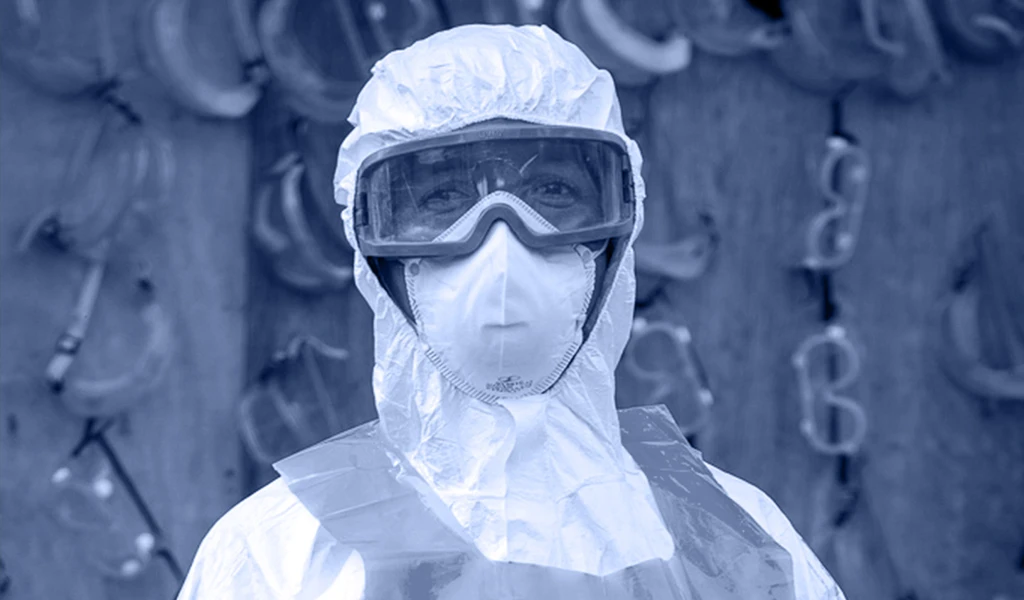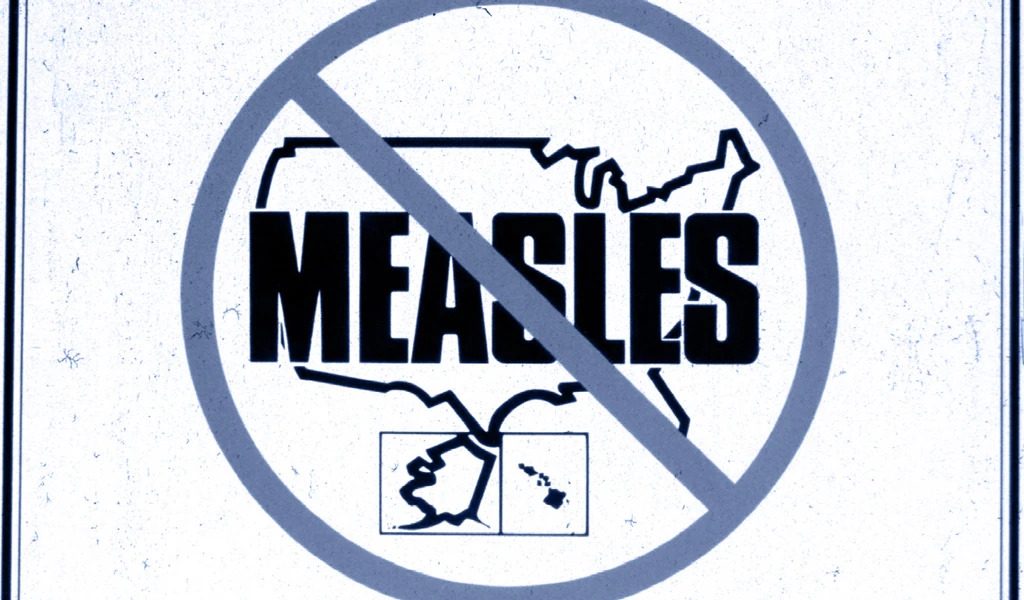Priority pathogens
Vaccines can help prevent outbreaks from becoming humanitarian crises. CEPI supports the development of vaccines, platform technologies and manufacturing innovations to combat some of the world's most deadly pathogens.

Targeting pathogens with epidemic and pandemic potential
CEPI’s priority pathogens are Chikungunya, Coronaviruses, including COVID-19 and MERS, Ebola, Lassa Fever, Mpox, Nipah, Rift Valley Fever, and novel viral threats with epidemic or pandemic potential (also known as “Disease X”).
In its short history, CEPI has had an outsized influence in shaping the global R&D ecosystem, forging consortia, developing new collaborations and injecting funding to jumpstart R&D when needed. It has also aligned programmes to complement the R&D efforts of its coalition partners.
To date, CEPI has made investments in over 75 vaccine candidates or platform technologies.

Chikungunya
Chikungunya is a mosquito-borne disease, caused by a virus of the same name belonging to the Togavirus family. It is spread to humans through the bites of infected mosquitoes. WHO has highlighted Chikungunya as a major public health risk due to its high morbidity and has stated that further research and development is needed to mitigate the risk it poses.

Coronaviruses
Seven members of the coronavirus family are already known to infect people, often with deadly consequences. CEPI’s coronavirus R&D investments focus on two of its priority pathogens—COVID-19 and MERS—as well as broadly protective coronavirus vaccines and the establishment of a coronavirus vaccine library.

Disease X
“Disease X” represents the knowledge that a serious international epidemic or pandemic could be caused by a pathogen currently unknown to cause human disease. To help the world quickly respond to Disease X, CEPI is funding the development of vaccine platform technologies so that we can rapidly manufacture vaccines against many different types of disease.

Ebola
Ebola virus disease, formerly known as Ebola haemorrhagic fever, is a severe, often fatal illness which affects humans and other primates. It is caused by an infection with a group of viruses within the genus Ebolavirus, belonging to the Filovirus family.
Lassa fever
Lassa fever is an acute viral haemorrhagic disease caused by Lassa virus, belonging to the Arenavirus family. Lassa fever occurs regularly in parts of West Africa, and is known to be endemic in Benin, Ghana, Guinea, Liberia, Mali, Nigeria, Sierra Leone, and Togo.

Mpox
Mpox is a contagious infectious disease caused by the mpox virus, which is a member of the Poxvirus family. Mpox mainly spreads from person to person through close physical contact. This includes, but isn’t limited to, sexual contact. An ongoing outbreak in the Democratic Republic of Congo and other nations has been declared a continental and global health emergency.

Nipah
Nipah virus is part of the Paramyxovirus family, which also includes Hendra virus, Measles, Mumps. Nipah virus is carried by fruit bats. So far, Nipah outbreaks have been confined to South and Southeast Asia, but fruit bats are found in a large geographical area across the globe covering a population of more than 2 billion people.

Rift Valley fever
Rift Valley fever is an acute viral haemorrhagic disease caused by the Rift Valley fever virus, belonging to the Phenuivirus family. This virus is transmitted by mosquitoes and blood feeding flies and most commonly affects domesticated animals but can also cause illness in people.

The Viral Most Wanted
The Viral Most Wanted

The Arenaviruses
The Arenavirus family includes some of the most lethal haemorrhagic fevers known. All its prime suspects can cause life-threatening disease and death

The Coronaviruses
Seven members of the Coronavirus family are already known to infect people, often with deadly consequences. Disease investigators fear that more new and dangerous Coronaviruses could spill over at any time.

The Filoviruses
“one of the most lethal infections you can think of” - and it's one whose deadly reach is extending ever further

Matonaviruses and Togaviruses
Multiple lines of enquiry against Chikungunya virus and its viral relatives are being pursued by scientists around the world, with the hope for a new protective vaccine coming very soon.

The Orthomyxoviruses
These viral culprits have caused the deadliest pandemics in human history

The Paramyxoviruses
This family contains one of the most contagious human viral diseases, as well as one of the most deadly. Explore The Paramyxoviruses.

The Phenuiviruses
The most infamous Phenuivirus, Rift Valley fever, poses a significant threat to people and livestock causing serious disease and dangerous outbreaks.
